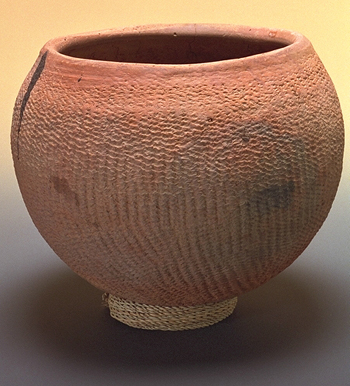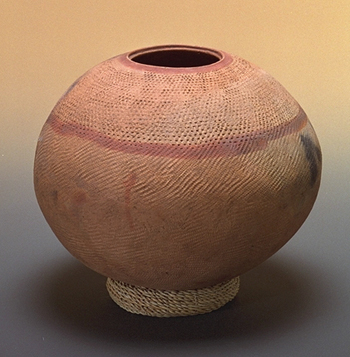Ethnohistorical context
Today, the Niger Bend is inhabited by many ethnic groups with complementary ways of life, centered on fishing, herding or agriculture. Originating from different regions, their languages belong to different linguistic families: the Niger-Congo family (subfamilies Mande, Gur, Dogon and West Atlantic), Nilo-Saharan (Songhay) and Afro-Asiatic (Tuareg, Arabic).
Identities, recognized on the basis of language, family names, economic specializations and control over water, land and grass, have continually evolved over time. The current diversity results from a complex history of migration, alliances, subjections, social differentiation and specializations. The establishment of these populations took place primarily over the last two to three millennia. Even if modern human geography that can be observed today is very different from that present two thousand years ago, the roots of modern groups reach into a distant past, and some local bodies of knowledge were transmitted from beyond the particular chances of history.
Societies today are stratified and include noble food-producers (farmers, herders), endogamous craft castes (smiths, weavers, joiners, jewelers, itinerant musicians and poets) and ancient slaves. Pottery production is an activity practiced by women belonging to the craft class. They were often wives of smiths, but among the Peul they are also wives of weavers, joiners and cobblers. Among the Dogon, this craft can also be practiced by wives of farmers.
Four fundamental patterns
Several patterns identified in the present have been used to select the descriptive criteria of pottery relevant for the interpretation of archaeological assemblages:
- Ceramic “traditions” exist, defined by shaping techniques and aesthetic properties that reflect the potters’ identity: the manner in which the initial form of a recipient is made and the deocration of rolled impressions are good indicators of ethnolinguistic entities;
- The grouping of recipients in a living unit reflects the identity of the inhabitants: this is verified statistically despite a mixture of ceramic traditions at the level of consumption in regions where the market offerings are diversified;
- Size of recipients reflects their function: height, maximum diameter and mouth diameter, combined with indices of proportion and traces of use, are used to identify pottery function;
- The spatial distribution of a ceramic tradition reflects the population structure of the producing group: the production zone correspond to the matrimonial network of potters, and thus the territory occupied by their ethnic group. The zone of consumption can, in contrast, extend beyond the limits of the group, spread by sale.
A model for the history of techniques and settlement
To know whether variability in material culture reflects past cultural borders requires the integration of data from three distinct fields: ethnoarchaeology, ethnohistory and archaeology. This approach has made it possible to reconstruct the cultural history of ceramic traditions in the Niger Bend.
Before the 15th century AD, spatial distribution of ceramic traits forms groups that overlap and it is possible to associate them with the Mande, Gur and Songhay linguistic families. Some ubiquitous traits can, however, be explained as the persistence of elements from the preceding Neolithic.
The pivotal period of the 13th-15th centuries AD is marked by many population movements. After this period, we can connect the main changes in ceramic traditions with the dynamics of settlement of modern groups. For example, it is possible to identify the persistence in traditions associated with the local Bwa and Bozo-Somono populations, to retrace the advance of the Songhay along the Niger River to Lake Debo, the agricultural colonization of the Bambara along the Bani and then the Niger River, and the establishment of the Dogon on the Bandiagara escarpment.
Finally, the evolution of ceramic traditions seems largely immune to influences by the introduction of the caste system, probably in the context of the Mali Empire, and the successive state powers, with the exception of the Mossi Kingdom of Yatenga (Burkina Faso). Changes appear to have instead been linked to migration, whether due to climatic, economic, political or religious reasons.


